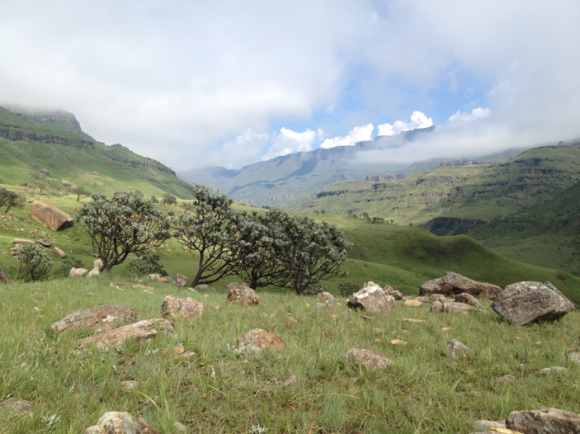Mounting challenges from man-made environmental change means measuring and tracking changes in biodiversity—the total living natural assets on earth—is becoming increasingly more important. Scientists have for decades debated how best to measure biodiversity and to track changes in its properties.
Zeta diversity, presented in this paper by Hui and McGeoch, is the average number of species shared by any number of sites or habitats. It can be used to calculate a broad range of existing diversity metrics, and to quantify continuous change in biodiversity over landscapes. It can also be used for examining if environmental change affects rare and common species differently, and to test hypotheses about the relative importance of deterministic (niche-based) versus stochastic (neutral) processes in generating patterns in biodiversity.
In the past, changes in the presence or absence of species in a community between sites – or over time – was calculated by working out which species any and all pairs of sites have in common. This is called diversity turnover, or beta diversity. Estimating changes in biodiversity by comparing two sites at a time in this way has become the norm. However, as soon as three or more sites are involved beta diversity can’t partition the total community into components uniquely shared by each pair of sites or shared by all sites. We are missing important information on the nature and condition of biodiversity with these pairwise beta diversity and individual site richness numbers.
There is a second important challenge in the study and description of biodiversity. This is the fact that different mathematical languages are used to calculate and depict various diversity patterns and relationships. As a result it has not been possible to integrate various models of biodiversity. Doing so is one of ecology’s main goals. Zeta diversity provides a mathematical link between the patterns that we see, for example, in species richness, species endemism and relative range sizes.
Zeta diversity provides a common currency for application across a broad range of problems in ecology and conservation planning, for understanding the processes that drive patterns in biodiversity and the impacts of global change.
For more information, contact Cang Hui at chui@sun.ac.za or visit http://math.sun.ac.za/hui




